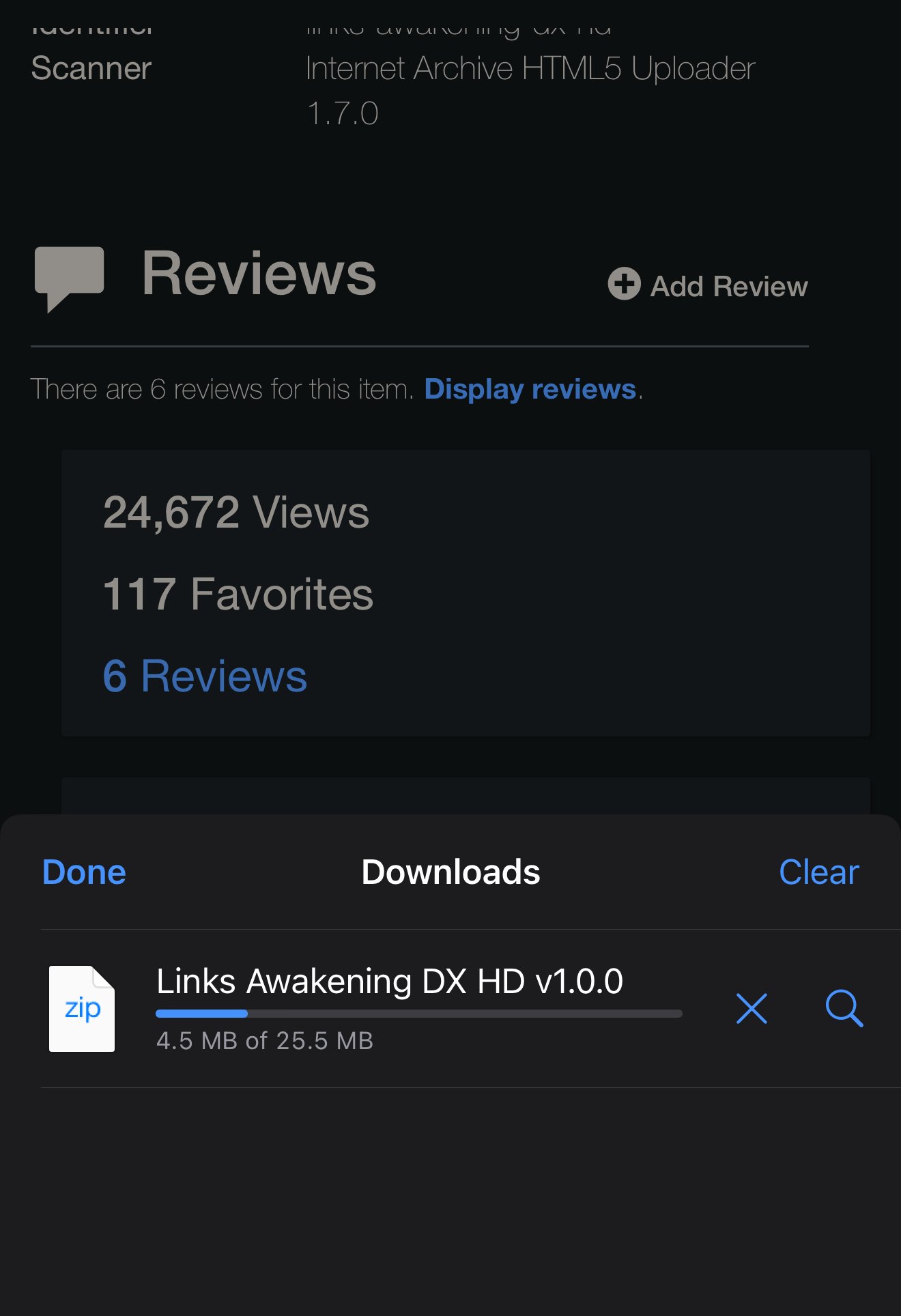

This is simply not true
Modern meat is generally pretty safe and chicken tartare is definitely a thing. Is it something you should do if you are immunocompromised, a child, or elderly? Probably not. Is it something you should do if you are unsure of how the meat was handled? Probably not
But if you buy quality chicken from a trusted butcher, freeze the surface, blanch it for a few seconds, you can pretty safely eat it raw assuming you’ve done a good job keeping your surfaces and hands clean. You could probably do it with grocery store chicken tbh but the risks are much greater because you have no clue if the $12/hr kid packing chicken breasts properly washed their hands (handling is overwhelmingly where foodborne illness is going to come from in this scenario)
Is it going to be safe 100% of the time? No, of course not. But neither is eating medium rare steak, or eggs with runny yolks. But could you do this every day for a year with issue? Probably.
Although I wouldn’t necessarily consider this the same over the next 4 years of american deregulation
Raw chicken is kind of like scallops btw








https://archive.org/details/battleforflorida0000unse/page/n9/mode/2up
P37-42
You have to log in to borrow it, sorry. The norc data is also freely available via most university libraries if you have access to one though